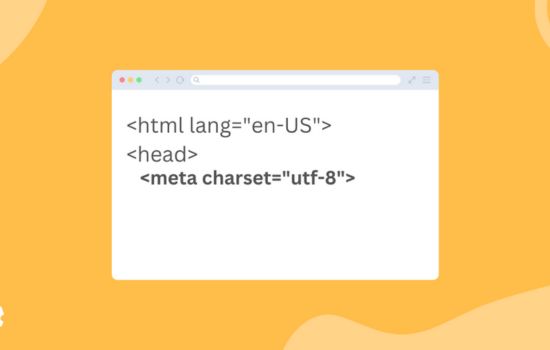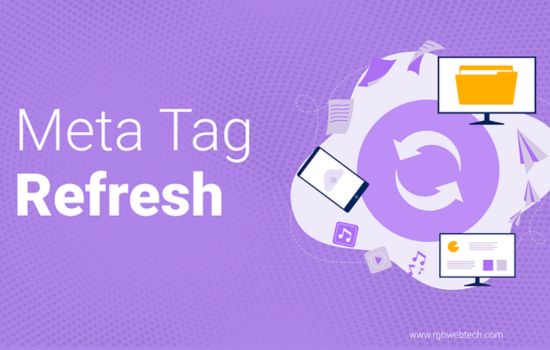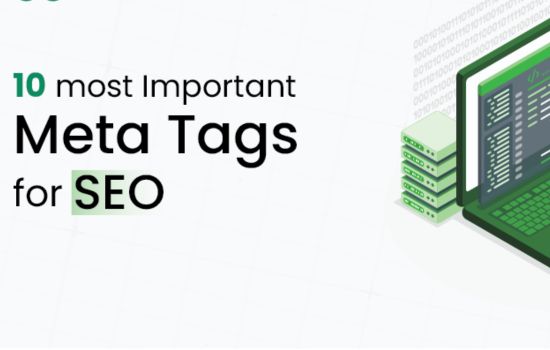Every detail counts in the complex world of search engine optimization, or SEO. Meta tags are text snippets that are part of the HTML code that describe the content of a page; they are not visible on the page itself. These Meta descriptions have a big influence on a website’s rating and are essential in assisting search engines in deciphering the content of web pages. To improve your SEO game, let’s explore the realm of Meta tags and identify the ten most crucial ones.
Table of Contents
1. Title Label
Arguably, the most important Meta tag for SEO is the title tag. The headline that can be clicked on is what shows up on search engine results pages (SERPs). Ensure that the title tag on every website pages is distinct and informative. It contains pertinent keywords and appropriately represents its content.
2. Meta Description Tag:
The Meta description tag gives a brief overview of the information on the page. A strong Meta description can increase click-through rates even if it has no direct effect on ranks. Write succinct, captivating descriptions to persuade people to click on your link when they see it in the search results.
3. The Meta Keywords Tag:
The Meta keywords tag was widely utilized for search engine optimization. Nevertheless, because spammers frequently take advantage of it, search engines like Google now ignore it. Other Meta tags are more important in contemporary SEO methods, even though it’s no longer a ranking criterion.

4. Tag Meta Robots
Search engine crawlers are given instructions by the Meta robots tag on how to index and follow links on a page. The commands “index,” “no index,” “follow,” and “no follow” are frequently used. When this tag is used correctly, search engines will efficiently crawl and index your material.
5. Canonical Tag:
By identifying the preferable version of a webpage, canonical tags help to resolve duplicate content concerns. By designating to search engines which URL is the main one, this tag helps to maintain link equity and prevents penalties for having duplicate content.
6. Open Graph Meta Tags:
When it comes to sharing content on social media sites like Face book, Twitter, and LinkedIn, Open Graph Meta tags are essential. These tags manage the title, description, image, and other components of your content that show up when shared. You may improve your content’s appearance and visibility on social networks by tweaking Open Graph tags.
7. Meta Tags for Twitter Cards:
Twitter Card Meta tags provide you the same control over how your material appears on Twitter as Open Graph elements do. You can make sure that your tweets stand out with rich media features and captivating summaries by using Twitter Card mark up, which will increase website traffic.
8. Meta Viewport Tag:
The Meta viewport element is crucial for delivering the best possible display on mobile devices in the age of mobile-first indexing. By adjusting the width and scale of the viewport, this tag makes sure that your website is adaptable and user-friendly on a range of screen sizes.
9. Tag Meta Char set:
The Meta char set tag, which indicates the character encoding for the HTML document, is sometimes ignored. By ensuring that special characters and symbols display appropriately, using the appropriate character encoding enhances the readability and usability of your material.

10. Meta Refresh Tag:
After a predetermined amount of time, the browser is told to automatically reroute to a different URL by the meta refresh element. The user experience and SEO performance of this tag may be negatively impacted by excessive or incorrect use, even if it might be helpful for temporary redirects and updating out-of-date material for SEO performance.

Conclusion:
To maximize your website’s visibility and performance in search engine results, you must become an expert in Meta tag usage. You may improve your SEO efforts and get more organic traffic to your website by knowing the purpose of each Meta tag and using it wisely. Keep up with the most recent SEO best practices and trends to make sure your website stays competitive in the always changing digital world.

